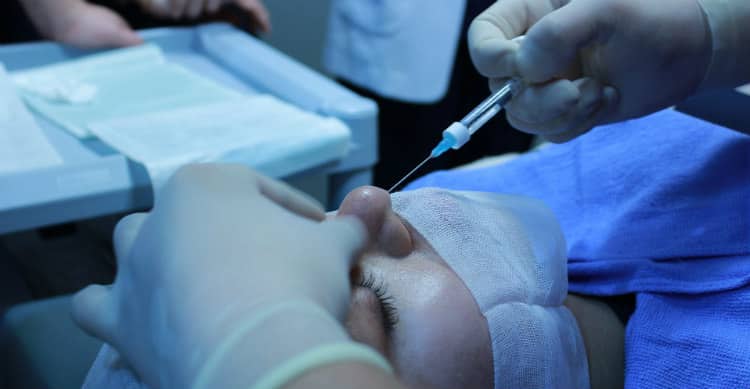The US Food & Drug Administration has approved Botox for the treatment of some children with cerebral palsy. Authorities believe the new therapy could be a breakthrough for children who experience upper limb spasticity. Botox-manufacturer Allergan announced the approval on June 24, 2019. Botox has been approved for the treatment of children between 2 and 17.
Doctors Find New Use For Botox In Cerebral Palsy Patients
For years, Botox (onabotulinumtoxinA) has been used in cosmetic procedures to ease wrinkles. It’s a powerful neurotoxin that blocks the transmission of electrical signals from nerves to muscles, thus relaxing age-related lines and plumping the skin. In recent years, the drug has also come into widespread use as a treatment for migraines, because it can disrupt the nerves that carry pain signals to the brain. But this is the first time a neurotoxin has been approved for upper limb spasticity, a common symptom of cerebral palsy, traumatic brain injuries, multiple sclerosis, spinal cord injuries and stroke.

Upper Limb Spasticity
Spasticity is generally experienced as a tightness or stiffness in the muscles. It’s usually caused by damage to the brain or spine. Spastic cerebral palsy is the most common form of cerebral palsy. The condition is characterized by increased muscle tone, resulting in a stiffness of the muscles that can make movements difficult or impossible.
“Pediatric upper limb spasticity is a significant concern and can negatively impact a child’s development and quality of life,” says Dr. Mark Gormley, Jr., a specialist in pediatric rehabilitation medicine at Gillette Children’s Specialty Healthcare in St. Paul, Minnesota. “Because spasticity is particularly debilitating to growing children,” Gormley continued, “it requires ongoing care. Botox has a well-established safety and efficacy profile, and I believe it will be an important treatment option in helping successfully manage upper limb spasticity in children and adolescents.”
Positive Study Results
The US Food & Drug Administration has approved Botox for the treatment of upper limb spasticity in children aged 2 years and older. The approval was based on the data from two phase 3 safety and efficacy studies, with a total enrollment of more than 200 children. The FDA approved Botox through a priority review channel, fast-tracking the drug for this indication because it could provide significant benefits over existing therapies. All of the children in whom Botox was tested had either cerebral palsy or had suffered a stroke.
According to the Irish Times, Allergan is also seeking the approval of Botox for pediatric patients with spasticity in their lower limbs. The FDA is expected to announce a decision on the application during the final quarter of 2019. Botox is supporting the application through data from two trials, which involved testing on 284 cerebral palsy patients.


